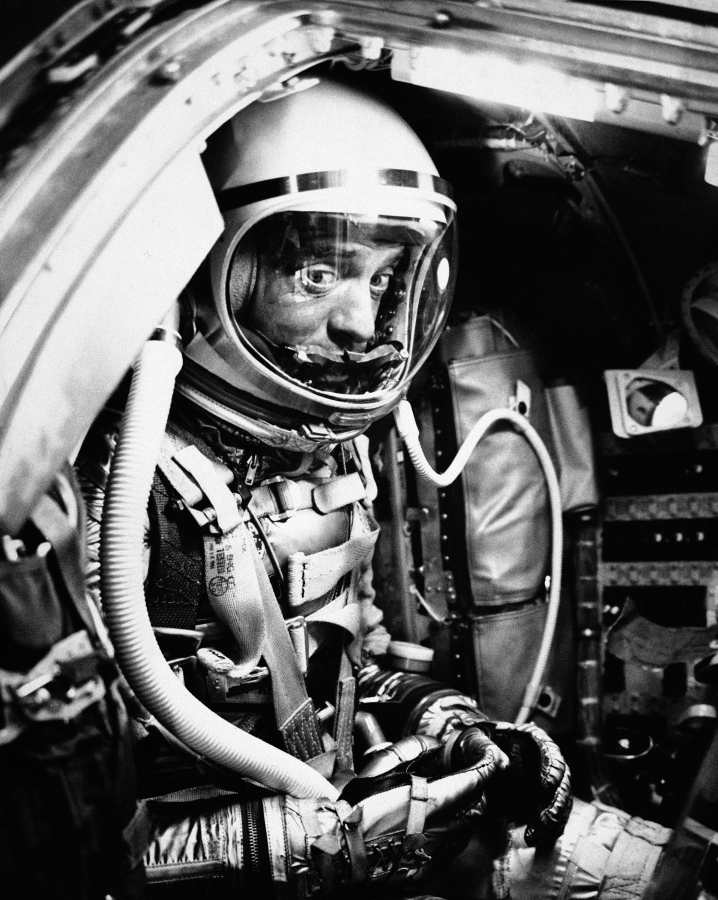CAPE CANAVERAL, Fla. — Sixty years after Alan Shepard became the first American in space, everyday people are on the verge of following in his cosmic footsteps.
Jeff Bezos’ Blue Origin used Wednesday’s anniversary to kick off an auction for a seat on the company’s first crew spaceflight — a short Shepard-like hop launched by a rocket named New Shepard. The Texas liftoff is targeted for July 20, the date of the Apollo 11 moon landing.
Richard Branson’s Virgin Galactic aims to kick off tourist flights next year, just as soon as he straps into his space-skimming, plane-launched rocketship for a test run from the New Mexico base.
Elon Musk’s SpaceX will launch a billionaire and his sweepstakes winners in September. That will be followed by a flight by three businessmen to the International Space Station in January.
“We’ve always enjoyed this incredible thing called space, but we always want more people to be able to experience it as well,” NASA astronaut Shane Kimbrough said from the space station Wednesday. “So I think this is a great step in the right direction.”
It’s all rooted in Shepard’s 15-minute flight on May 5, 1961.
Shepard was the second person in space — the Soviet Union launched cosmonaut Yuri Gagarin three weeks earlier, to Shepard’s everlasting dismay.
The 37-year-old Mercury astronaut and Navy test pilot cut a slick sci-fi figure in his silver spacesuit as he stood in the predawn darkness at Cape Canaveral, looking up at his Redstone rocket. Impatient with all the delays, including another hold in the countdown just minutes before launch, he famously growled into his mic: “Why don’t you fix your little problem and light this candle?”
His capsule, Freedom 7, soared to an altitude of 116 miles before parachuting into the Atlantic.
Twenty days later, President John F. Kennedy committed to landing a man on the moon and returning him safely by decade’s end, a promise made good in July 1969 by Apollo 11’s Neil Armstrong and Buzz Aldrin.
Shepard, who died in 1998, went on to command Apollo 14 in 1971, becoming the fifth moonwalker — and lone lunar golfer.
Since Gagarin and Shepard’s pioneering flights, 579 people have rocketed into space or reached its fringes, according to NASA. Nearly two-thirds are American and just over 20 percent Soviet or Russian. About 90 percent are male and most are white, although NASA’s crews have been more diverse in recent decades.
A Black community college educator from Tempe, Ariz., sees her spot on SpaceX’s upcoming private flight as a symbol. Sian Proctor uses the acronym J.E.D.I. for “a just, equitable, diverse and inclusive space.”



